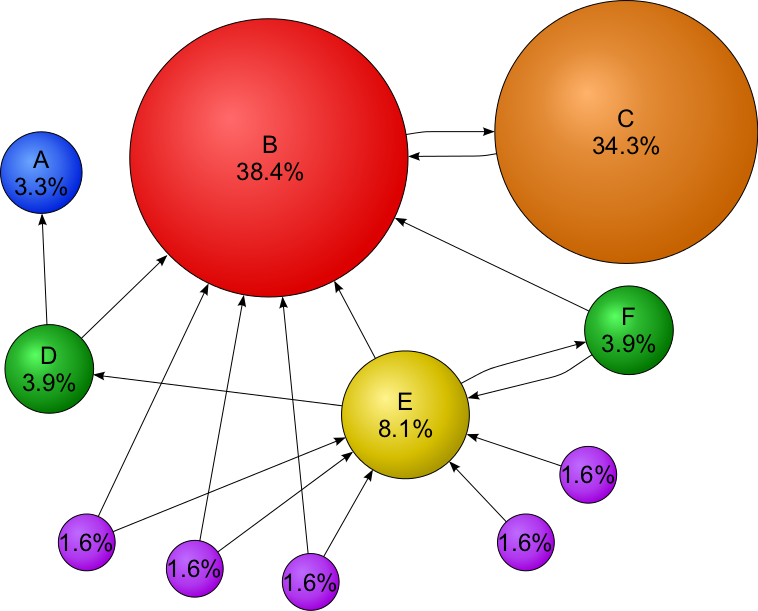I've received a lot of interest in Neo4j Mazerunner since first announcing it a few months ago. People from around the world have reached out to me and are excited about the possibilities of using Apache Spark and Neo4j together. From authors who are writing new books about big data to PhD researchers who need it to solve the world's most challenging problems.
I'm glad to see such a wide range of needs for a simple integration like this. Spark and Neo4j are two great open source projects that are focusing on doing one thing very well. Integrating both products together makes for an awesome result.
Less is always more, simpler is always better.
Both Apache Spark and Neo4j are two tremendously useful tools. I've seen how both of these two tools give their users a way to transform problems that start out both large and complex into problems that become simpler and easier to solve. That's what the companies behind these platforms are getting at. They are two sides of the same coin.
One tool solves for scaling the size, complexity, and retrieval of data, while the other is solving for the complexity of processing the enormity of data by distributed computation at scale. Both of these products are achieving this without sacrificing ease of use.
Inspired by this, I've been working to make the integration in Neo4j Mazerunner easier to install and deploy. I believe I've taken a step forward in this and I'm excited to announce it in this blog post.
